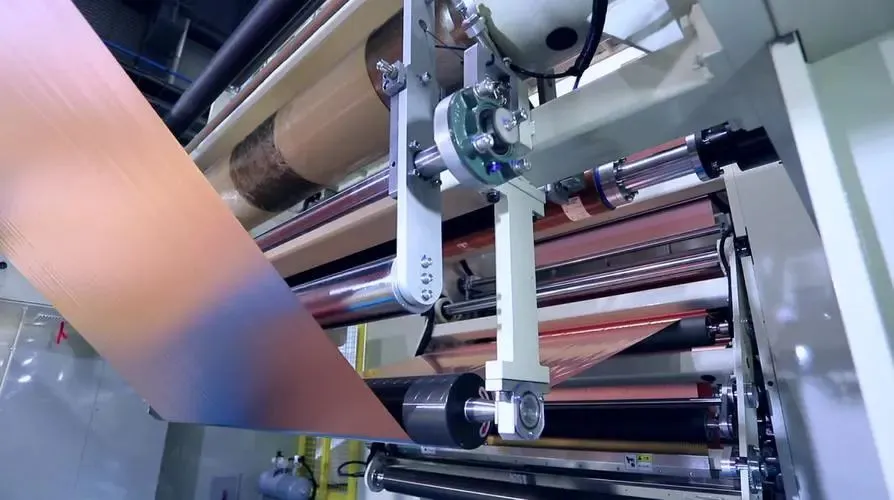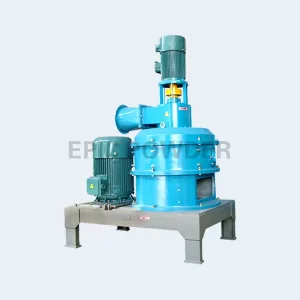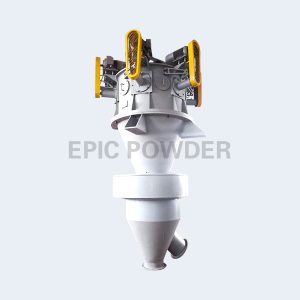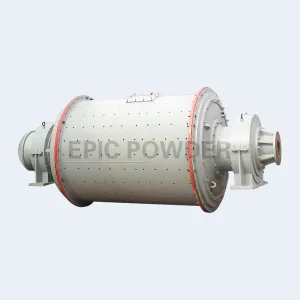Kaolin is a non-metallic mineral. It is a clay and clay rock. It mainly consists of kaolinite clay minerals. Because it is white and fine, it is also called dolomite.
Kaolin has many uses. They include papermaking, ceramics, and refractory materials. It is also used in coatings, rubber fillers, and enamel glazes. It is a raw material for white cement. A small amount goes into plastics, paints, and pigments. It is also in grinding wheels, pencils, and cosmetics, soaps, pesticides, medicines, textiles, and chemicals. Finally, it is in building materials and other industries.
With the rise of modification and nanotech, modified and nano kaolin have outperformed kaolin. This has greatly expanded their applications.
Application of Kaolin in Papermaking
Kaolin is used in papermaking. It gives paper a high whiteness, gloss, oil absorption, and smoothness. It is an important paper-making filler.

Kaolin is mainly used in papermaking. It is a filler and a coating pigment. Its traits greatly affect papermaking and the quality of the paper. Kaolin for papermaking coatings is divided into two types. They are washed kaolin and calcined kaolin. This is based on their processing methods and product characteristics. Calcined kaolin is a papermaking material. It has high whiteness, porosity, and some adsorption. It can be divided by firing temperature. There are two types: incompletely calcined kaolin (600-800℃) and completely calcined kaolin (950-1050℃). The former is mainly used as papermaking fillers. The latter is mostly for papermaking coatings. Its function is to roast. This dehydrates and removes organic matter from kaolinite, a type of soil. Roasting can increase the porosity of a structure. It can improve a paper’s bulk, opacity, and ink absorption.
Kaolin is a widely used white non-metallic mineral in papermaking. More than 75% of the refined kaolin in the world is used for papermaking.
In the papermaking field, what are the requirements for kaolin?
Whiteness
Whiteness is a key measure of kaolin products. It affects their price and application range.
Kaolin for coating should have a whiteness of at least 80%. Generally, it should be ≥85%. Commonly used high-white kaolin is bleached. The conditions are: pH 2-4, 25-50℃, Na2S2O4= 2.0%, 15%-20% slurry, and 60-80 min. bleaching time. The main impurities that affect Kaolin’s whiteness are hematite, limonite, and goethite.
Particle size
Particle size is a key measure of kaolin product quality. Also, the particle size and distribution of kaolin affect its viscosity.
The percentage of 2μm is often used to evaluate the particle size of pigments in paper coatings. The range of ultrafine kaolin for coating is usually ≥80% (<2μm). The particle size is between 1μm-1.5μm. The more particle size, the better, because it can make the paper surface smoother. In addition, if the content of <0.5μm particle size is too high, the viscosity of kaolin wet slurry will be too high.
Kaolin can be made nanoscale in size after processing. But, China’s lack of kaolin for paper coating is due to a poor viscosity reduction technology. A tight particle size distribution can lower the slurry’s viscosity. Kaolin mineral nanomaterials can reduce viscosity in slurry. They also have good surfaces and small-scale effects. So, they are a key focus to expand kaolin’s applications.
Less residue
While maintaining whiteness and particle size, there cannot be too much screen residue. Its particle size distribution is very uniform and there cannot be large particles. This soil is used for coating on high-speed paper machines. They run around 1800 and are very wide. At such a high speed, the coating is evenly applied to the paper through a scraper. Large particles are not allowed. The operation is smoother, so the screen residue control is very strict.
pH
Kaolin particles are hexagonal pseudo-flaky structures. All kaolin suspensions are easy to condense at low pH (pH=4). The edges face the surface when condensing. When the pH is below 7.3, the side of kaolin is positively charged and its surface is negatively charged. A pH above 9.0 gives a negative charge to the kaolin surface. This causes repulsion and some dispersion.
Viscosity
Higher solid content improves kaolin slurry fluidity. This, in turn, improves coating fluidity. The viscosity of kaolin is limited by the particle size (same as above) and crystal morphology. In general, a perfect crystal shape has low viscosity and high fluidity. The opposite is true for a poor shape.
To improve kaolin’s dispersion, dispersants are added to enhance its viscosity. The most common method is to add negatively charged dispersants. These include polyacrylates and polyphosphates. They adjust the slurry’s viscosity.
| Category | Kaolin | Calcined Kaolin |
| Whiteness/% ≥ | 82.0 | 88.0 |
| Content of particles with a size less than 2 μm (mass fraction)/% ≥ | 75.0 | 70.0 |
| 45μm sieve residue/% ≤ | 0.05 | 0.02 |
| Dispersed sediment/% ≤ | 0.10 | 0.02 |
| pH ≥ | 4.0 | 5.0 |
| Viscosity concentration/% ≥ | 65.0 | — |
| Aluminum oxide content (mass fraction)/% ≥ | 35.00 | 42.00 |
| Iron oxide content (mass fraction)/% ≤ | 0.80 | 1.0 |
| Silica content (mass fraction) /% ≤ | 50.00 | 54.00 |
| Loss on ignition/% ≤ | 1500 | — |
Recommended kaolin processing equipment
Qingdao Epic Powder Machinery Co., Ltd. is a professional powder equipment manufacturer. The products include: jet mills, ball mill, air classifiers and modifiers. Surface coating equipment from Qingdao Epic includes: pin- mill modifier, turbo- mill modifier, three-roller modifier and multi-rotor -mill modifier.
If you have any related needs or questions, please contact Qingdao Epic directly.



